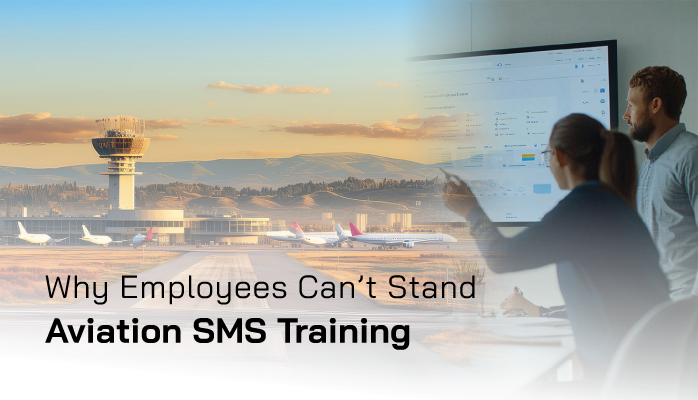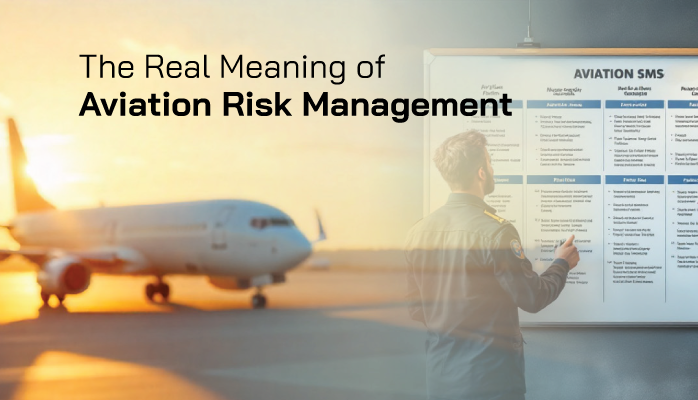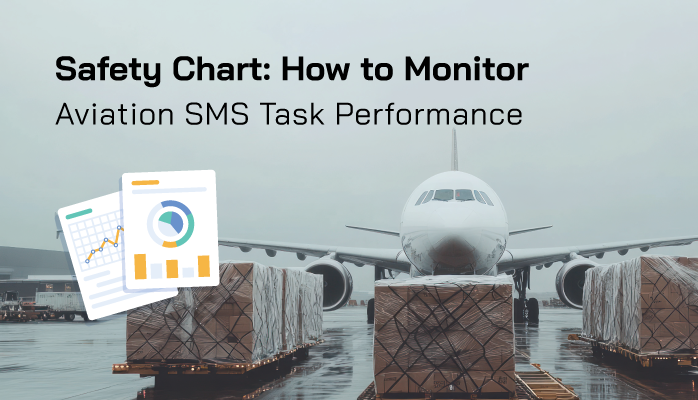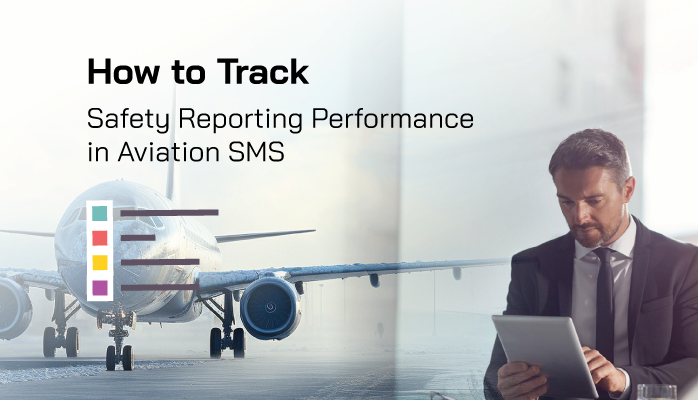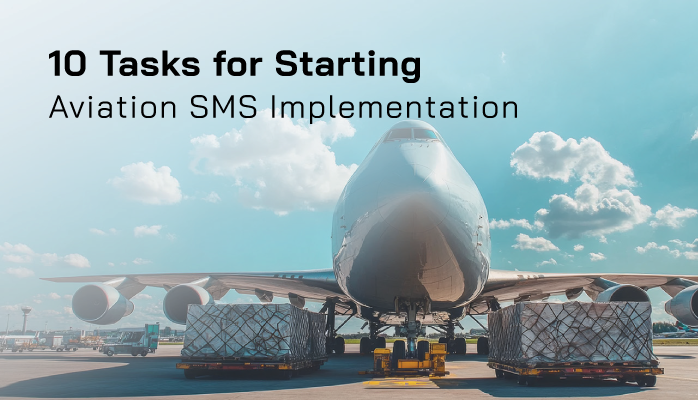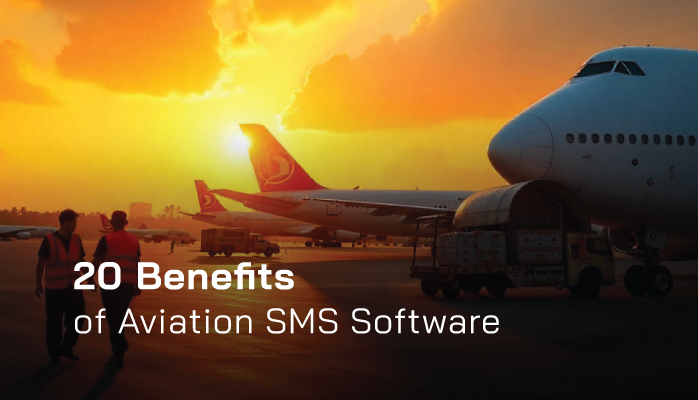Stu Martin
Stu Martin is an accomplished aerospace safety engineer with over 25 years of experience in the aviation industry. Beginning his career on the ramp, Stu developed a hands-on understanding of aircraft operations, maintenance, and safety protocols. His journey from ground operations to engineering has equipped him with a unique perspective on aviation safety, blending practical expertise with technical rigor. Stu has contributed to numerous safety initiatives, including the development of risk assessment frameworks and incident investigation protocols, earning recognition for his commitment to enhancing operational safety. A respected voice in the field, he continues to advocate for robust safety cultures within aviation organizations worldwide.
Aviation SMS Training Resistance More Than Just “Boring”
I hardly need to point out how critical aviation SMS training is for the ongoing success of any aviation safety program.
Operators with well-developed safety training strategies often reap the benefits of a resilient, high-functioning aviation safety management system (SMS).
Read More
Topics:
3-Safety Assurance
“Aviation Risk Management” Is a Vague Phrase
It occurred to me recently that the phrase “aviation risk management” gets thrown around in many different contexts, both by myself and anyone else who writes about aviation safety management systems (SMS).
Read More
Topics:
2-Safety Risk Management
Getting (Back) to the Basics of Aviation SMS
It’s easy to get absorbed in the gritty details of complex systems – this is especially true of aviation safety management systems (SMS).
For newcomers to the world of aviation SMS, it can seem overwhelming and daunting.
Read More
Topics:
Aviation SMS Implementation
Importance for Visualizing Management's Risk Management Performance
Aviation safety charts gather and present aviation safety management system (SMS) information to stakeholders, who can then use this information to make informed, fact-based decisions. Safety charts can also influence safety culture, either for the better or the worse.
Read More
Topics:
Risk Management Software
Global Problem of Safety Reporting Performance
Employee involvement in aviation safety management systems (SMS) is a major struggle for countless organizations.
The unfortunate fact – and this is something we hear regularly – is that finding good safety incentives and
Read More
Topics:
Risk Management Software
Why Mandatory vs. Voluntary Safety Reporting Chart Is Important
We generally think of aviation safety management system (SMS) charts as being visual representations of various pieces of safety data. This safety data commonly comes from performance-based data or classification-type data.
Read More
Topics:
Risk Management Software
Why Managers Struggle With Safety Promotion
Safety Promotion is definitely the least appreciated of the 4 Pillars of SMS.
Almost without fail, promoting safety takes the “back seat” in most aviation safety programs because civil aviation authorities and auditors are significantly more interested in seeing that you comply with:
Read More
Topics:
4-Safety Promotion
How to Use Hazard Reporting Forms
It is hard to underestimate the value that high-quality hazard reporting forms provide your aviation SMS.
Hazard reporting quite literally provides the underpinning for your risk management activities. No hazard reports...nothing for you to manage.
Read More
Topics:
3-Safety Assurance
Most Important Items for Starting SMS Implementation
If you are reading this article, chances are that you either already have started implementing an aviation safety management system (SMS), or you are considering an SMS implementation.
Read More
Topics:
Aviation SMS Implementation
What Are Safety Benefits of SMS Software
The safety benefits of SMS software are not the primary reason a company initially decides to adopt the special, built-to-purpose software. If this were true, these companies would have acquired advanced SMS database solutions long before aviation safety management systems (SMS) became a regulatory requirement.
Read More
Topics:
Risk Management Software

